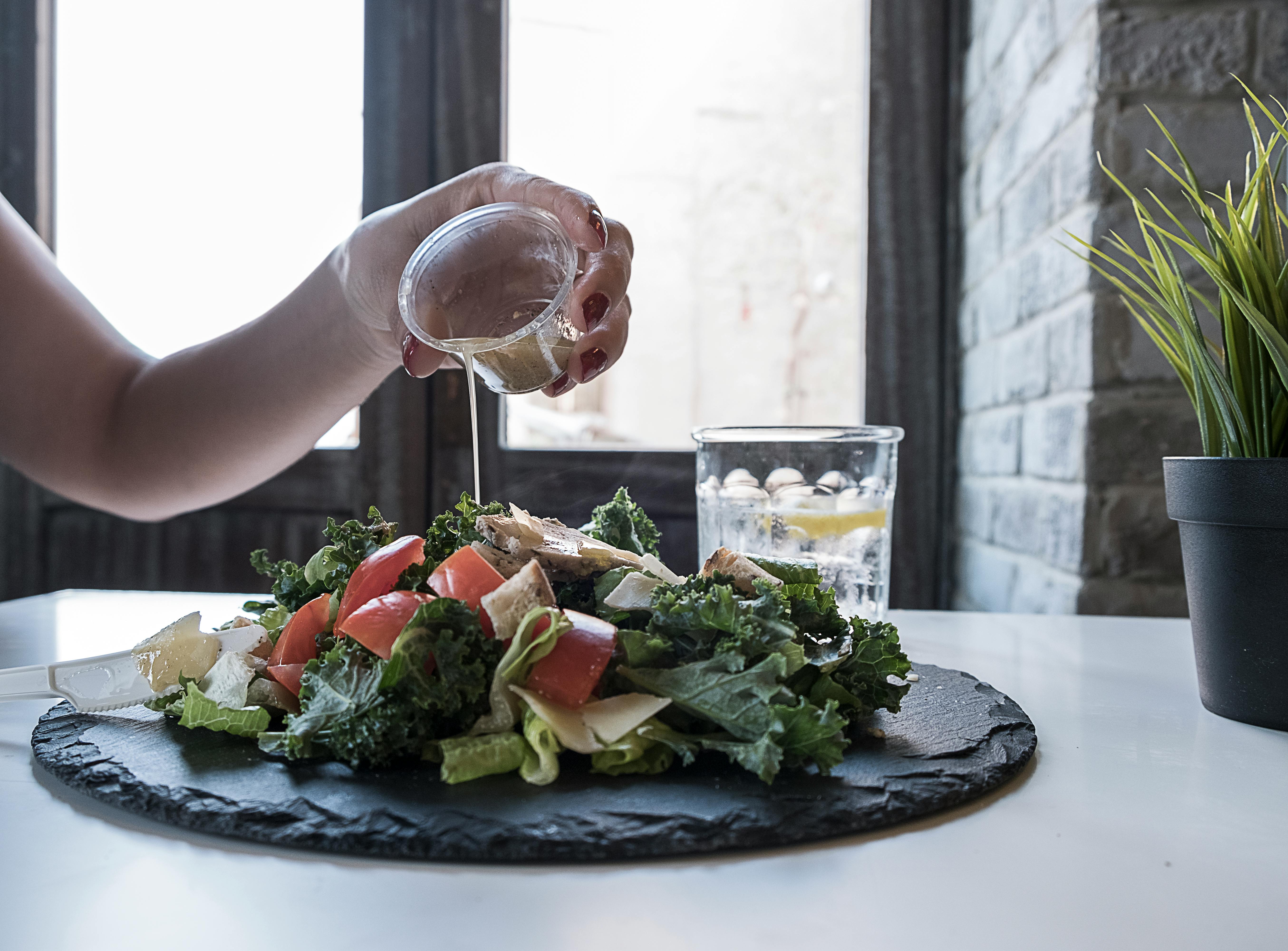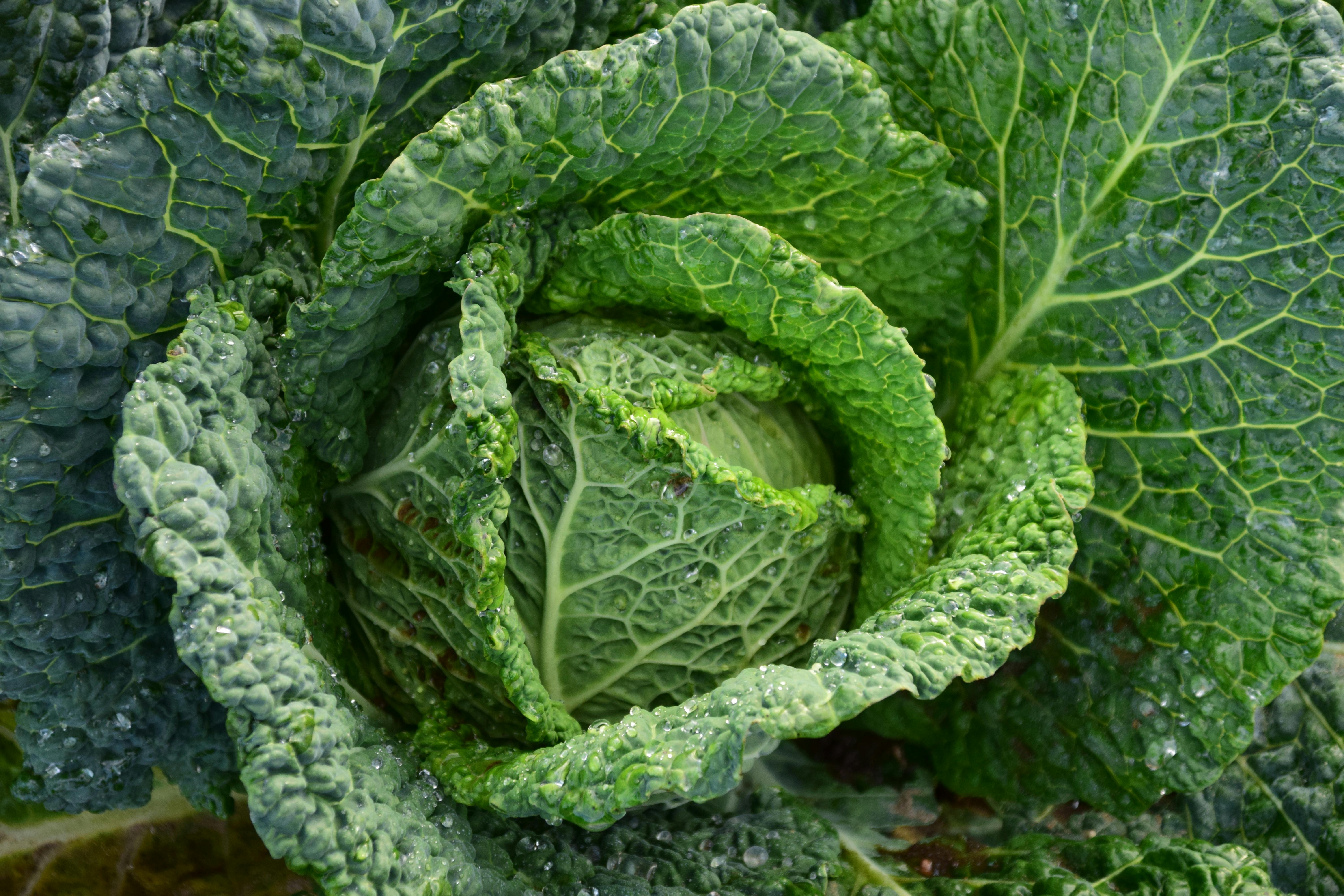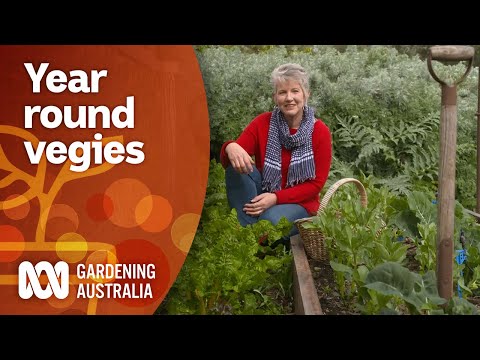Victoria is a beautiful place to grow vegetables, with its mild climate and abundant sunshine. Now is the time to get your vegetable garden going and start planting! There are lots of vegetables that thrive in the Victoria climate, so deciding what to plant can be a bit overwhelming. Luckily, we’ve put together some suggestions for veggies you should consider planting now in Victoria. From colourful and crunchy greens to juicy tomatoes and everything in between, there’s something for everyone!Victoria is a great place to plant vegetables due to its mild climate and long growing season. The best time to plant vegetables in Victoria is in the spring, when temperatures are beginning to warm and the days are getting longer. It’s important to start with vegetable seeds that have been specifically bred for growing in Victoria’s climate, as they will give you the best performance and yield. When planting your vegetables, make sure you choose a spot that gets plenty of sun, has good drainage, and is in an area that is protected from wind. You should also add a layer of mulch or compost on top of your soil to help retain moisture and suppress weeds. Finally, water regularly and fertilize every few weeks for healthy plants and plenty of delicious vegetables!
Suitable Vegetables For Victoria’s Climate
Victoria offers a temperate climate which allows for an abundance of vegetables to be grown. Vegetables that are suitable for the climate in Victoria include root vegetables such as carrots, potatoes and parsnips; cruciferous vegetables such as broccoli, cabbage, cauliflower and Brussels sprouts; and leafy greens such as lettuce, spinach and kale.
Other vegetables that thrive in Victoria’s climate are cucumber, zucchini, eggplant and tomatoes. These warm-season crops can be planted early in the spring when temperatures start to rise. Peas and beans can also be planted during this time. Herbs such as basil, thyme, oregano, sage and rosemary can also be grown successfully in Victoria’s climate.
Victoria’s mild winters make it possible to grow some winter vegetables as well. Root vegetables such as turnips, rutabagas, radishes and onions do particularly well in this climate. Other winter vegetables that thrive here include kale, Swiss chard, leeks and garlic. With careful planning and a bit of effort, a garden full of delicious vegetables can be grown throughout the year in Victoria’s temperate climate.
What To Plant Now For Best Results
Planning what to plant now for best results can be a difficult task, especially with the changing climate. But there is no need to worry, as there are a few steps you can take to ensure that your garden is planted with the right plants at the right time.
First of all, it is important to understand the local climate and soil conditions so that you can determine which plants will do best in your area. Consider factors such as temperature, sunlight availability, and soil moisture when selecting plants for your garden. Knowing the climate and soil conditions of your area will make it easier to choose plants that are suited for growth in your particular area.
In addition, it is important to know what type of gardening you plan on doing. Different types of gardening such as vegetable gardens, flower gardens, or herb gardens require different types of plants. Knowing this information will help you narrow down which plants are best for your particular needs.
Finally, it is important to consider the season when determining what to plant now for best results. Many plants are seasonal and need specific temperatures and moisture levels in order to grow properly. Knowing when certain plants should be planted will help ensure that they have enough time to mature before the cold weather sets in.
By following these simple tips, you can be sure that your garden is planted with the right plants at the right time for optimal growth and success!
Choosing Vegetables Best Suited To Victoria
Victoria is an ideal place for growing vegetables, with its mild climate and plentiful rainfall. There are many vegetables that do well in this region, so it can be hard to decide what to plant. Here are some of the best vegetables for Victoria, and tips on how to choose the right ones for your garden.
Root Vegetables: Root vegetables like carrots, potatoes, parsnips, and turnips are all excellent choices for Victoria’s climate. These crops do well with cooler temperatures and plenty of moisture, making them a great option for growing in Victoria. Look for varieties that are suited to the local climate – they will be more likely to thrive.
Tomatoes: Tomatoes do very well in Victoria, as long as you choose varieties suitable for cooler climates. Look for varieties that have been bred specifically for cooler areas and will tolerate some frost. Avoid planting tomatoes too early in the season as they can be damaged by late frosts or cold weather.
Beans: Beans are a great choice for growing in Victoria because they are easy to grow and can handle both cooler temperatures and more humid weather. Bush beans tend to be better suited to the area than pole beans, since they don’t require as much support and can handle colder temperatures.
Leafy Greens: Leafy greens like lettuce, kale, spinach, and Swiss chard all do well in Victoria’s climate. These crops need plenty of moisture but don’t like too much heat or direct sunlight – so look for varieties that can tolerate partial shade or even full shade if necessary.
Peas: Peas love cool weather and grow best during springtime when temperatures aren’t too high or too low. For this reason, peas are ideal for growing in Victoria’s climate – just make sure you choose varieties suited to cool weather so that they will thrive during the colder months of winter.
Choosing the right vegetables is key if you want your garden to thrive in Victoria’s climate – so take some time to research which types work best in your region before planting anything! With a little bit of knowledge about what grows well here you’ll have success with your vegetable garden no matter what type of crops you choose!
The Benefits Of Growing Veggies In Victoria
Victoria offers an ideal environment for growing vegetables. With its temperate climate and ample rainfall, the region provides a great opportunity for those looking to enjoy homegrown produce. Growing your own vegetables can provide many benefits, including healthier meals, increased self-sufficiency, and a better understanding of where your food comes from.
One of the main benefits of growing vegetables in Victoria is the availability of fresh produce. Locally grown vegetables are often fresher and tastier than store-bought options, as they have not been exposed to preservatives or long-term storage methods. Homegrown produce can also be grown organically, reducing exposure to harmful pesticides or other chemicals found in commercially produced food.
Growing your own vegetables can also provide you with increased self-sufficiency. Having access to your own fresh produce can reduce reliance on store-bought items, saving you time and money. Additionally, being able to grow your own food may provide a sense of accomplishment and satisfaction that store-bought items cannot match.
Finally, by growing your own vegetables in Victoria you will gain a better understanding of where your food comes from and how it is produced. By learning more about the process involved in producing food, you may be able to make more informed decisions about what you eat. Additionally, this knowledge may inspire you to eat more healthily and support local farmers and producers whenever possible.
In conclusion, there are numerous benefits to growing your own vegetables in Victoria. Not only does it provide access to fresher, tastier produce but it can also increase self-sufficiency while providing a greater understanding of where our food comes from and how it is produced.

Tips For Planting Veggies Now In Victoria
Victoria is one of the best places to grow vegetables. With its warm climate, fertile soil and ample sunshine, it offers an ideal environment for growing a variety of fruits and vegetables. Here are some tips to help you get started planting vegetables in Victoria:
1. Start with easy-to-grow varieties: Choose varieties that are easy to grow in your particular climate, such as beans, lettuce, tomatoes, squash, and peppers.
2. Give your plants the right amount of water: Different vegetables need different amounts of water. Make sure to water your plants regularly and adjust the amount of water they receive based on their needs.
3. Fertilize your plants: Fertilizing your plants will help them grow better and produce more fruits and vegetables. Choose an organic fertilizer for best results.
4. Plant at the right time: Certain vegetables should be planted at specific times of the year for optimal growth and yields. Research when is the best time to plant each type of vegetable in your area for best results.
5. Provide proper support: Some vegetables like tomatoes and cucumbers need support as they grow so make sure to provide appropriate stakes or cages for them to climb on as they get bigger.
6. Practice crop rotation: Rotating crops helps ensure that each type of vegetable gets its own space in the garden every year which helps reduce pests and diseases as well as improve soil fertility over time.
7 Protect your plants from pests: Pests can quickly destroy a vegetable garden if left unchecked so make sure to keep an eye out for any signs of infestation such as holes in leaves or damaged fruits and take action immediately if needed by using organic pest control methods like planting companion plants or using diatomaceous earth or neem oil sprays if needed.
Following these tips will help ensure that you have a successful vegetable garden in Victoria this season!
Veggies To Plant Now In Victoria
Victoria’s climate is ideal for growing a wide variety of vegetables, so there are plenty of options to choose from for those interested in planting now. The key to success is choosing the right varieties for the current season and soil type. Here are some of the best vegetables to plant now in Victoria:
Beans – Beans are a great summer crop that can be sown directly into the garden or started indoors and transplanted later. Bush beans, pole beans, and climbing beans are all popular varieties in Victoria.
Broccoli – Broccoli is a cool-season crop that can be sown directly into your garden or started indoors and transplanted later. It will tolerate light frosts, so it can be planted early in the spring.
Cabbage – Cabbage is another cool-season crop that can be planted in early spring. It prefers cooler temperatures, so it should not be planted too late in the season.
Carrots – Carrots can be direct-sown into your garden or started indoors and transplanted later. They prefer well-drained soil and will do best when planted early in the season.
Corn – Corn is a warm-season crop that should be planted after all danger of frost has passed. Sweet corn is especially popular in Victoria as it grows well in the region’s climate.
Pumpkins – Pumpkins are an excellent choice for autumn harvests and will do best if they are direct sown into your garden after all danger of frost has passed. Make sure to choose varieties that will mature before winter sets in!
When To Plant Vegetables In Victoria
Victoria is a great place to grow vegetables due to its mild climate and abundance of sunshine. The best time to plant vegetables in the state of Victoria will depend on the type of vegetables you are planting as some prefer cooler weather and some prefer warmer weather. For the warm season vegetables such as tomatoes, peppers, eggplants, and squash, it is best to plant them from October through April when temperatures are warmer. Cool season vegetables such as broccoli, kale, lettuce and spinach can be planted from March through October when temperatures are slightly cooler.
It is important to understand that there can be variations in the ideal planting time depending on your location within Victoria. For example, if you live in an area close to the coast or in a valley that has a higher chance of rainfall than other areas of the state, then you may want to adjust your planting times accordingly by starting your plants indoors earlier or waiting until later in the year to sow seeds outdoors. Additionally, if you live in an area that experiences extreme cold temperatures during the winter months then you may want to wait until later in spring before planting some vegetables such as tomatoes or peppers.
Finally, it is important to take into account average last frost dates when planning your vegetable garden as this will determine when it is safe to plant warm season vegetables outdoors without fear of damage from frost or cold snaps. Generally speaking, the average last frost date for most parts of Victoria falls between late April and early May but this can vary significantly depending on location so it is always best to check with your local agricultural extension office for more information about average last frost dates for your specific area.

Conclusion
Now that we’ve explored the best vegetables to plant now in Victoria, you should be ready to begin your own backyard garden. Whether you’re looking for a quick harvest like radishes or a long-term project like tomatoes, there’s something for everyone. Planting and growing your own vegetables can be a rewarding experience and is sure to provide you with delicious produce throughout the season. Don’t forget that proper care and maintenance is necessary for a successful garden, so be sure to do your research before planting.
Happy gardening!

